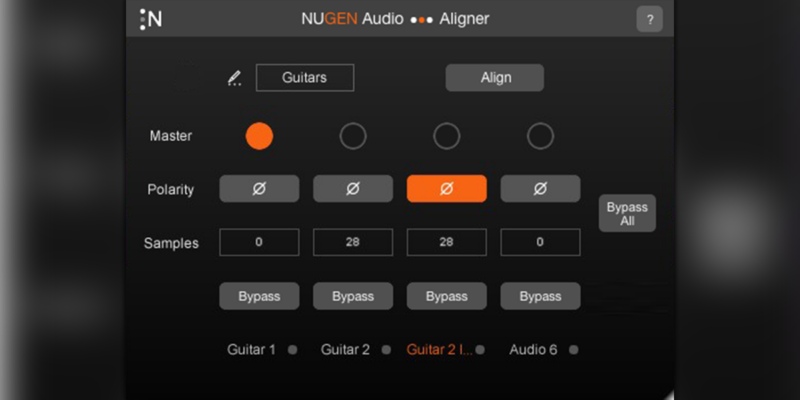NUGEN Audio Adds New Paragon ST Reverb Plug-In

NUGEN Audio just added a reverb plug-in, Paragon ST — a mono/stereo-only version of its convolution reverb software. Designed for music production applications, Paragon ST allows high-end producers to sculpt and fine-tune their reverb to the needs of the track, at a lower price point. In conjunction with the new release, NUGEN has unveiled music-focused features that will be included in Paragon ST, as well as the surround version of Paragon. Included among these updates are controls for stereo width, modulation and mic distance, along with a pre-delay tempo lock, making it perfect for music and scoring projects of every kind.
Like its predecessor, the Paragon ST convolution reverb offers the realism of authentic Impulse Responses (IR) alongside the tweakability of a classic algorithmic reverb. Additionally, Paragon and Paragon ST feature spectral analysis and precise IR EQ, and zero time-stretching, which means no artifacts. Further, both reverbs provide unique technology for resynthesis of authentic IRs and HPF and LPF per channel. NUGEN says Paragon and Paragon ST are ideal for recreating authentic sounds of real spaces and manipulating IRs while still maintaining true convolution characteristics.
The new stereo width controls, based on the technology of NUGEN’s Stereoizer plug-in, provides instant stereo enhancement with the assurance of superb mono compatibility and no unwanted artifacts. Like the traditional Stereoizer software, the Paragon stereo widening feature affords users a wider, more coherent sound, with polish and spatial balance, to ensure a mix will sound great in both stereo and mono. It’s perfect for creating a feeling of natural space or for pushing the envelope for a full, super-wide expansion of the stereo image.
The new mic distance control adjusts the level of the early reverb reflections, giving the impression that the affected sound is either closer to or further away from the listener, without adjusting the characteristics of the space itself. This ensures that the room size and decay time of the space will sound the same while the perceived distance from the listener will change. The modulation function gives users a greater level of creativity and a dynamic character to the reverb. Additionally, the pre-delay tempo lock anchors the reverb pre-delay, also known as the time delay between the dry signal and the reverb signal, to the beats per minute (BPM) of the project.




